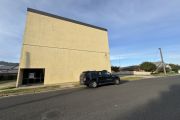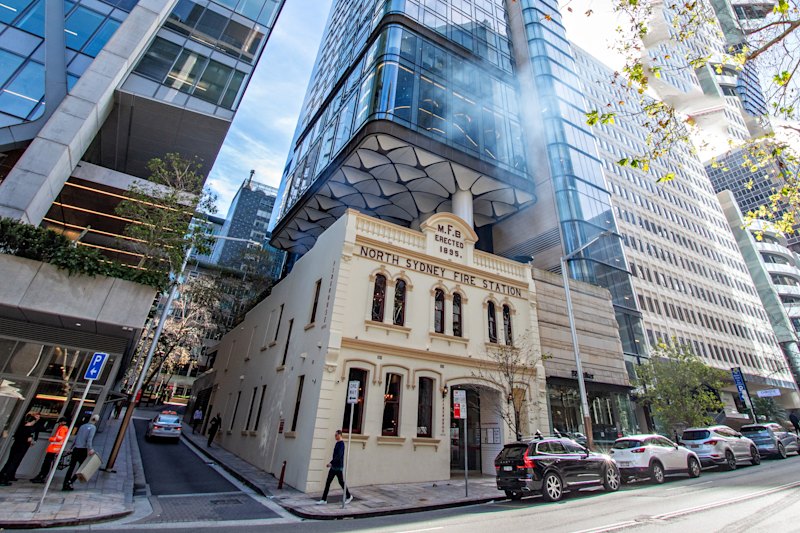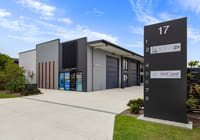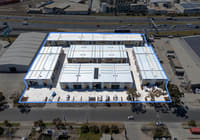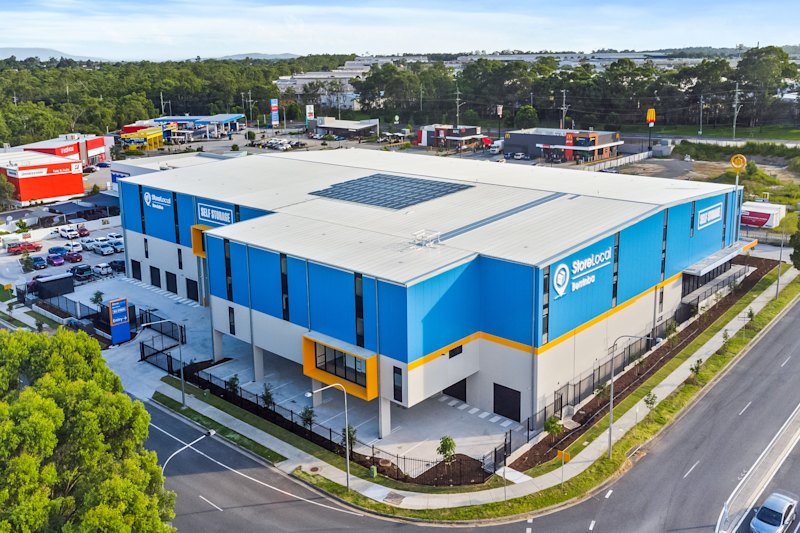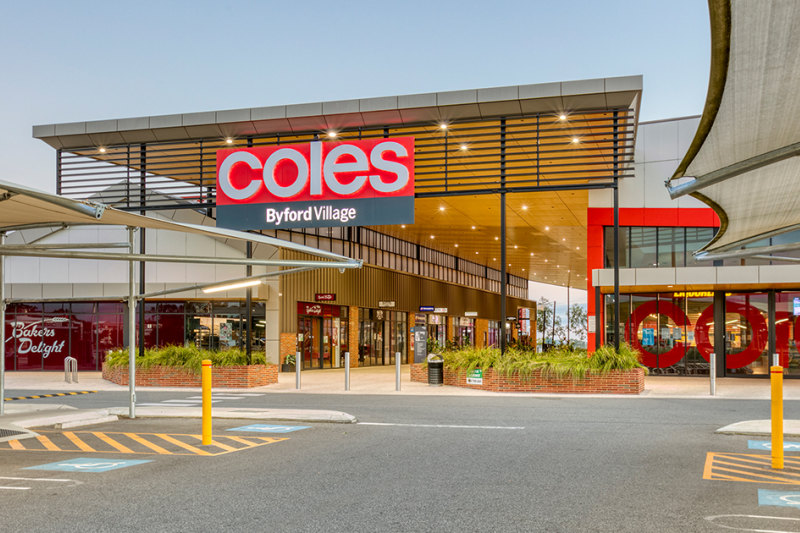
Cost-of-living crunch hits supermarket sales, says mall owner Region
The cost-of-living crunch and a greater scrutiny on grocery prices has hit sales growth in supermarkets across the country, the CEO of the country’s biggest suburban mall landlord says.
“We’re seeing a lot of discounting and a lot of promotional activity [in supermarkets in our malls],” Region Group boss Anthony Mellowes told analysts as the $4.4 billion landlord reported earnings growth slightly below guidance for FY24.

Following a “lot of criticism” from the government, the ACCC and a Senate-led inquiry, Mr Mellowes said it appeared the prices of grocery goods had come down, a trend that should become clearer when Woolworths and Coles report their own annual results this month.
This moderation was apparent in Region Group’s own results as it reported 3 per cent turnover growth across supermarkets in its 92 centres, down from 3.4 per cent a year ago.
“Three per cent is about the long-term average for supermarkets,” Mr Mellowes said. Region Group is Woolworths’ biggest landlord and the second biggest to Coles. These supermarkets anchor most of its neighbourhood malls.
Over the 12 months to June 30, the number of anchor tenants (mostly supermarkets) paying Region Group turnover rent fell by nine to 50 – the first fall in eight years – as turnover rent fell to $5.6 million from $6.3 million in FY23.
This was driven by sales of malls – over FY24 Region sold $177 million of non-core assets – and “crystallisation” of turnover rent into base rent paid by some anchor tenants.
A further 24 anchor tenants are within 10 per cent of their turnover rent threshold, but could take longer to reach that threshold due to moderating sales growth, Mr Mellowes confirmed.
However, the longer term outlook is for neighbourhood mall values and speciality rents to rise due to a growing undersupply of retail space to meet the demand of a growing population. Mr Mellowes said high construction costs inhibited the development of new malls.
“We believe our portfolio is well positioned to take advantage of these market conditions,” he said.
“Our planned reinvestment in our portfolio plus our lower occupancy cost provides greater upside for us to increase our specialty rents per sq m.”
Acquisitions are also on the cards – both on its balance sheet and in its unlisted funds business – after Region leveraged off its “good relationship” with Singaporean sovereign wealth fund GIC to replace ASX-listed Centuria as manager of six neighbourhood malls worth $394 million including Woolworths-anchored Omnia mall in Potts Point and the Coles-anchored Byford Village in Perth.
This portfolio will seed a second unlisted metropolitan fund to be established by September in which Region will hold a 20 per cent stake.
High-growth assets
“We still see more opportunities in this space, whether its with GIC or other partners. We will wait and see,” Mr Mellowes said.
Over FY2024, Region ended a long acquisition drought by snapping up Mirvac’s Cooleman Court shopping centre for $74 million on an initial yield of 6.7 per cent while selling $177 million of non-core assets at an average passing yield of 5.3 per cent,
“We’re selling lower growth assets on low yields and buying high-growth solid shopping centres,” Mr Mellowes said.
Over the six months to June, Region Group recorded just a 3 basis point increase in its weighted average capitalisation rate to 6.07 per cent, pointing to a stabilisation of values.
Despite Region Group reporting operating earnings slightly below February guidance (15.4¢ per unit versus guidance of 15.6¢ per unit) and a weaker than expected earnings outlook FY25 (15.5¢ per unit and a distribution of 13.7¢) its share price was not heavily punished by investors.
It ended Tuesday up 0.4 per cent at $2.26, while the A-REIT index rose 0.9 per cent.
Citi analyst Howard Penny noted the resilience of Region’s non-discretionary retail portfolio, the hedging of 96 per cent of its debt and a stabilisation of capitalisation rates as positive takeaways alongside positive leasing spreads, low occupancy costs and an improvement in specialty vacancy.
“Although we expect the share price to be slightly weaker on softer guidance than consensus expectations, we view the result as a potential bottom of operational cost-to-income ratios and stabilisation of inflationary costs relative to income supporting a shift from negative operating margins to positive looking ahead,” Mr Penny said.

